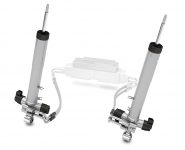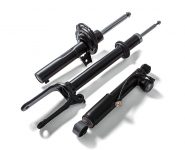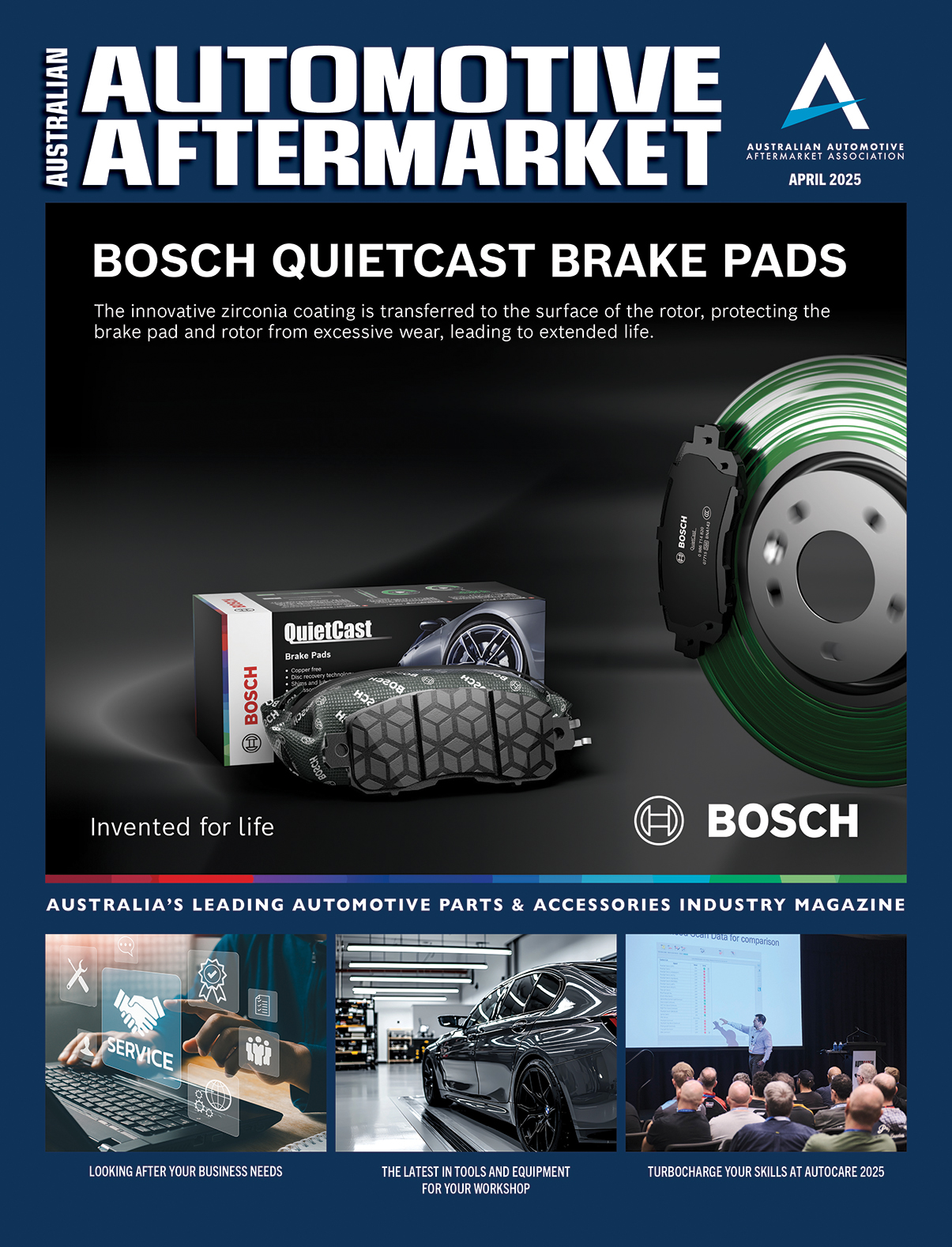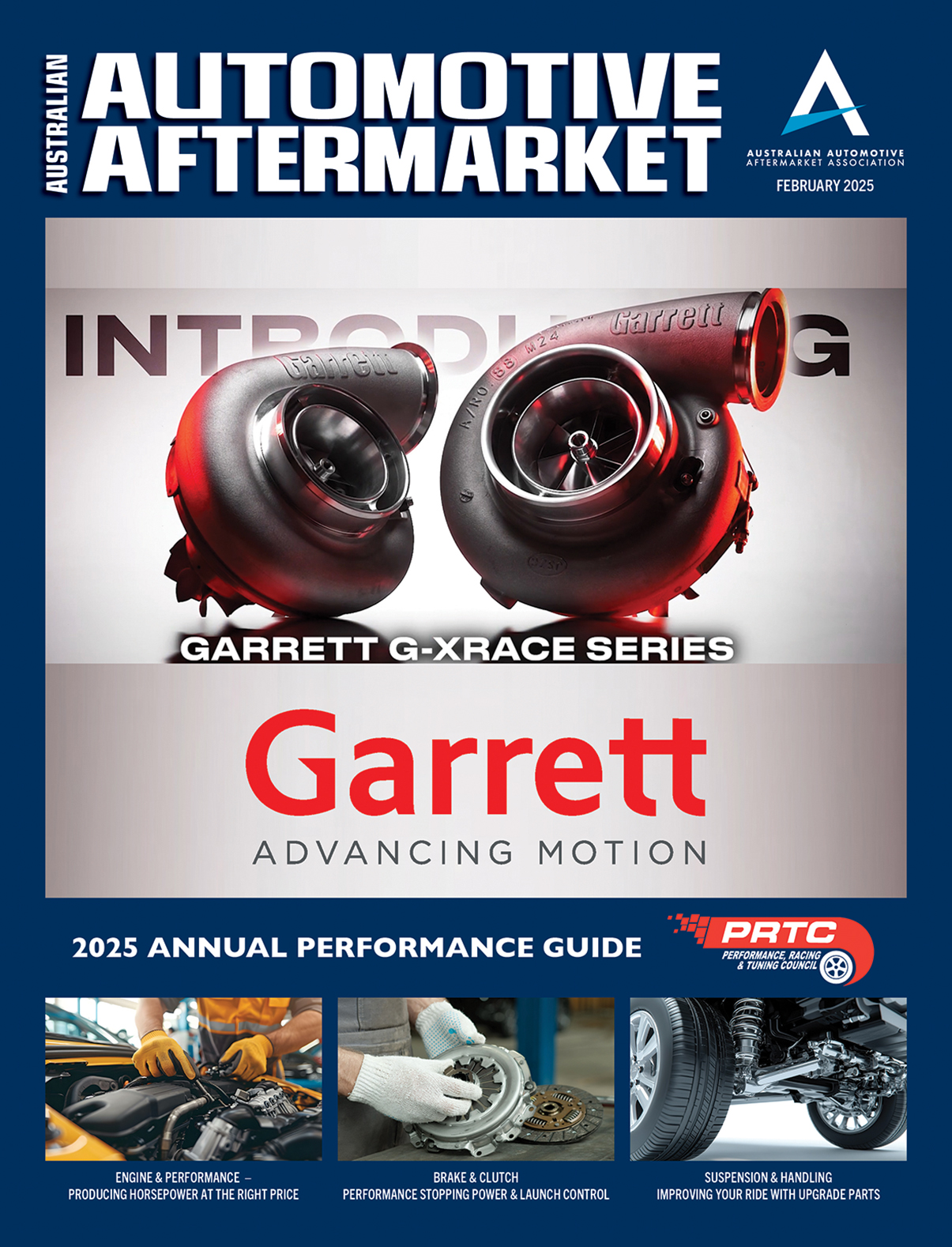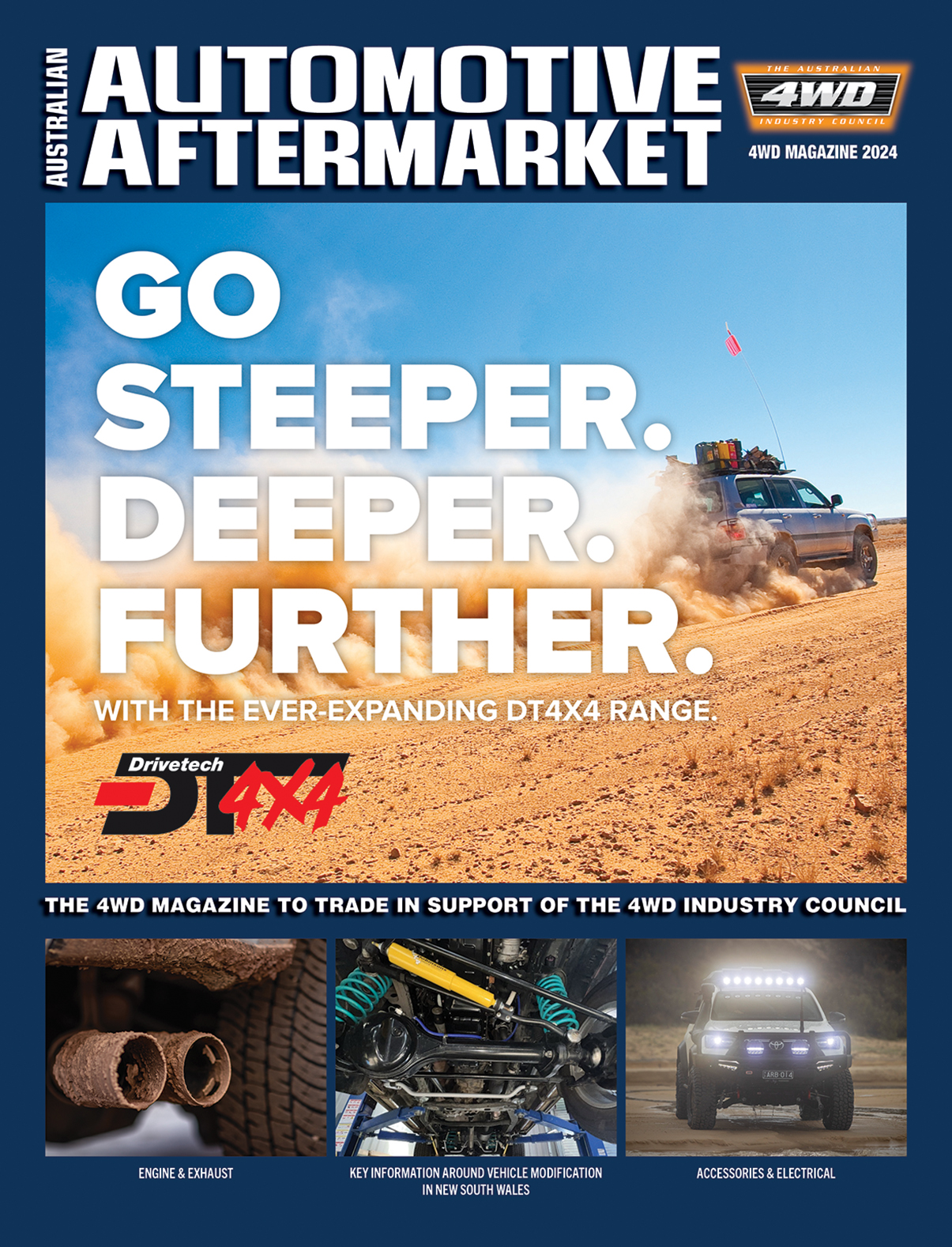CLUTCH INSTALLATION TIPS
From ZF Aftermarket
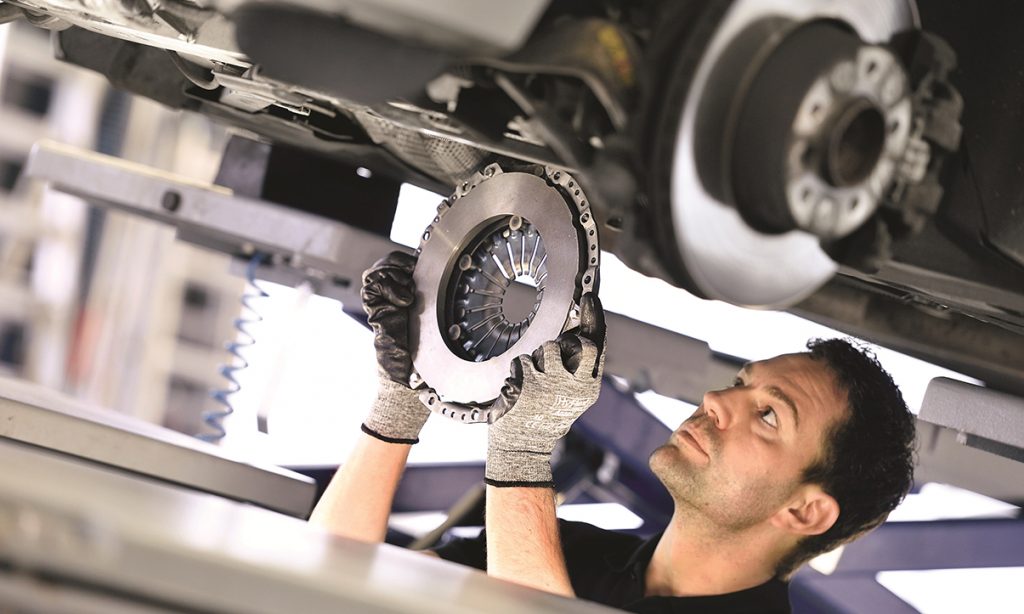
As the link between the engine and transmission, the clutch is one of the most durable wear parts in a vehicle, and there are many factors which can result in a clutch defect.
Clutch replacement can often be a demanding and time-consuming process as it requires the transmission to be separated from the engine and in this article, ZF Aftermarket shares some valuable installation tips.
Before replacing the entire clutch unit, ZF Aftermarket advises workshops to always check the surrounding components in the event of malfunctions, including the clutch actuation and the seals of the engine, flywheel and transmission.
The clutch disc, also known as the drive plate, is subjected to the greatest load, because the clutch’s mode of operation results in mechanical abrasion. For this reason, the clutch disc must have high wear and temperature resistance.
Before installation, workshops should double check the condition of the clutch packaging and the new part, as they could have been damaged during transport, or because of improper handling.
To be completely certain of the condition of the part, workshops should make sure that the lateral run-out of the disc does not exceed the limit value of 0.5 millimetres. If it does, this can be corrected using a straightening fork.
When installing the clutch disc, workshop technicians should make sure it is in the right position as incorrect installation can result in damage to the disc itself, its hub spline, release lever, or even to the transmission.
Fitting instructions can usually be found on the component side. If no instructions can be found, compare the new part with the old one before installation.
The new clutch disc must be precisely centered to prevent damage to the hub spline.
There is a tolerance range of only a few hundredths of a millimetre between the transmission input shaft and the hub spline.
Even small inaccuracies during insertion of the transmission input shaft can prevent the mobility later required for disengaging the clutch. The hub spline must slide onto the transmission shaft without resistance.
ZF Aftermarket recommends greasing the hub spline with SACHS high-performance grease as its viscous consistency and temperature resistance means it adheres to the spline during operation without spreading.
In order to prevent clutch shudder when the clutch is later disengaged, excess grease must always be removed, and care must be taken to keep the clutch linings absolutely clean.
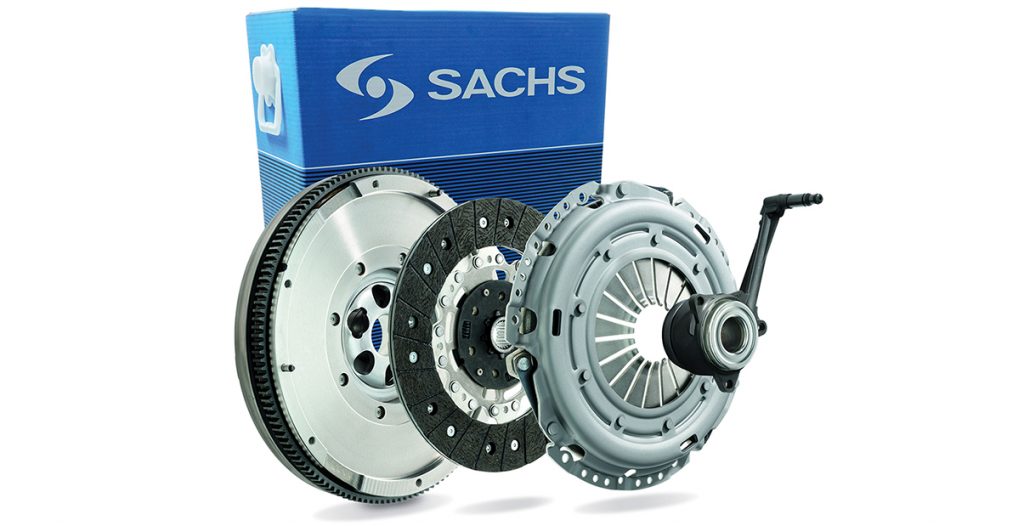
SACHS Clutches
ZF Aftermarket explains that its SACHS clutches are available as individual components, or as practical installation kits for simplified assembly, guaranteeing perfect drive characteristics.
Taking into consideration that the service life of individual clutch components is almost identical, the SACHS clutch kit provides all relevant parts required for a complete clutch replacement.
It includes a pressure plate, clutch disc and release bearing as well as special grease for ease of assembly, ensuring that the clutch can be replaced safely, effectively and quickly.
SACHS clutch kits are available in various combinations, with dual-mass flywheel and the XTend pressure plate with automatic wear compensation, plus a kit with a concentric slave cylinder.
ZF says it ensures great convenience, reliability and a long service life from its SACHS clutches, all of which are reportedly manufactured with the highest quality materials, using state-of-the-art technology and processes.
It says this allows SACHS clutches to deliver a long service life and high thermal load capacity.
The SACHS clutch catalogue numbers over 1,500 components, including clutch covers and discs, flywheels and clutch release systems for various applications in passenger cars, as well as light and heavy commercial vehicles, buses, agricultural and construction vehicles.
For further information, please visit www.zf.com/au



